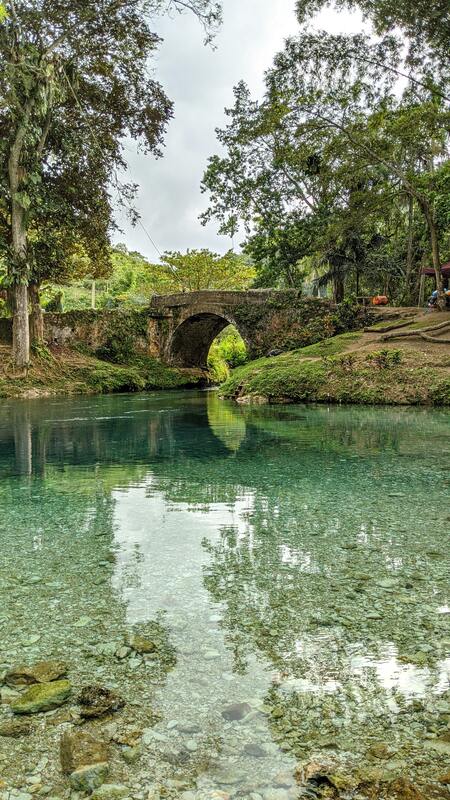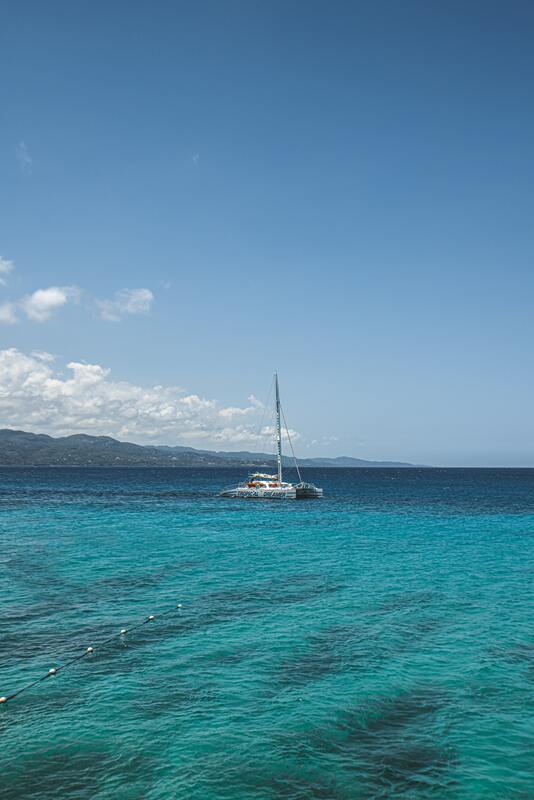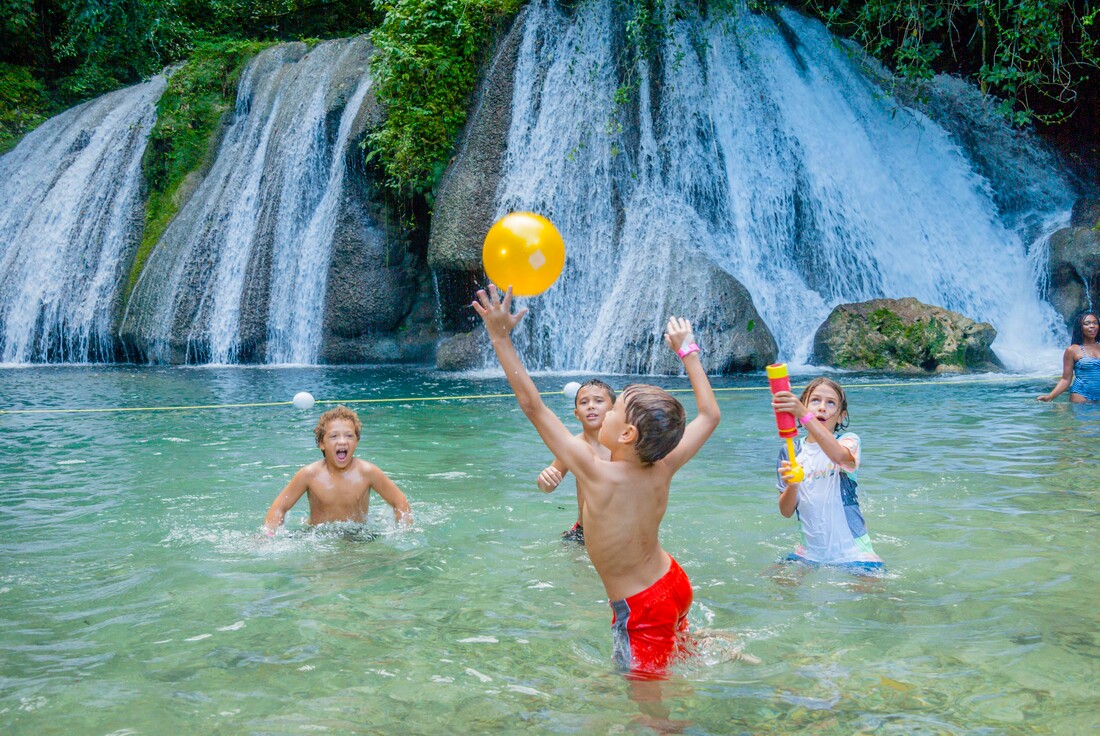Two slave rebellions, one in Morant Bay in 1760 and the Christmas Rebellion in St. James in 1831, combined with the growing antislavery movement in England, ended slavery in Jamaica. Chinese and East Indian indentured laborers were then brought to Jamaica, adding to the island's cultural mix. The early decades of the 20th century were marked by agitation for independence and social unrest among sugar plantation workers. After gaining greater sovereignty in the 1950s, Jamaica won full independence from Great Britain in 1962. It remains a member of the British Commonwealth. The island's social tensions have helped fuel its most famous export—reggae music. A potent mix of politics, religion and danceable rhythms, reggae rose to international popularity in the 1970s on the shoulders of Bob Marley and other Jamaican performers. In the 1970s, Jamaica veered toward socialism under charismatic premier Michael Manley. The resulting economic crisis spawned social unrest. Abetted by corrupt political leaders, criminal gangs evolved; the drug trade and politically partisan violence associated with it threatened to destabilize the nation. The economy has been relatively stable in recent decades, thanks to the growth of tourism and effective leadership.
WeatherThe best time to visit is November-April—Jamaica can be very crowded then. The temperature is fairly stable year-round, so it's possible to visit in other months as well.Winter coastal-area day temperatures are in the 70s-80s F/23-32 C. June-September is usually in the 80s-90s F/30-35 C. Nights tend to be 5-10 F/3-5 C degrees cooler everywhere. Temperatures in the hills and mountains are usually cooler than on the coasts—take a sweater for nights. Kingston, on the leeward (southern) side of the island, is drier, hotter and generally more uncomfortable than the windward (northern) shore. Always be prepared for rain showers in the Blue Mountains. The hottest time is July-October, when the humidity, heat and hurricane possibilities are the highest. Most rain falls May-October, but even then, it generally comes in brief showers and seldom ruins anyone's vacation. Hurricane season is June-November. What to wear...Lightweight tropical clothing is preferable, with a shawl or light jacket for cool evenings. Beachwear is appropriate only at the beach. You should wear a cover-up when strolling in town (men, too).
Even the most casual restaurants expect shoes and a shirt, except those on the beach, where button-down and barefoot is the rule. Appropriate dinner dress is Caribbean chic. Formal resort restaurants require men to wear a jacket and tie. Be sure to take comfortable walking shoes for sightseeing. If a visit to a church is on the itinerary, be respectful of the modest dress-code requirements. Share the knowledge
0 Comments
Your comment will be posted after it is approved.
Leave a Reply. |
AuthorDebbie Palmer Categories
All
Archives
November 2022
Tuesday Travel Tips!Get TWO MONTHS FREE of CLEAR, Click above. |




 RSS Feed
RSS Feed
